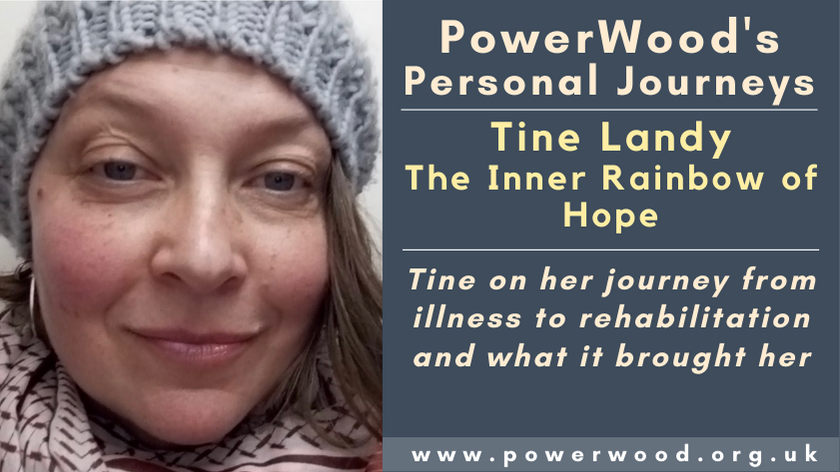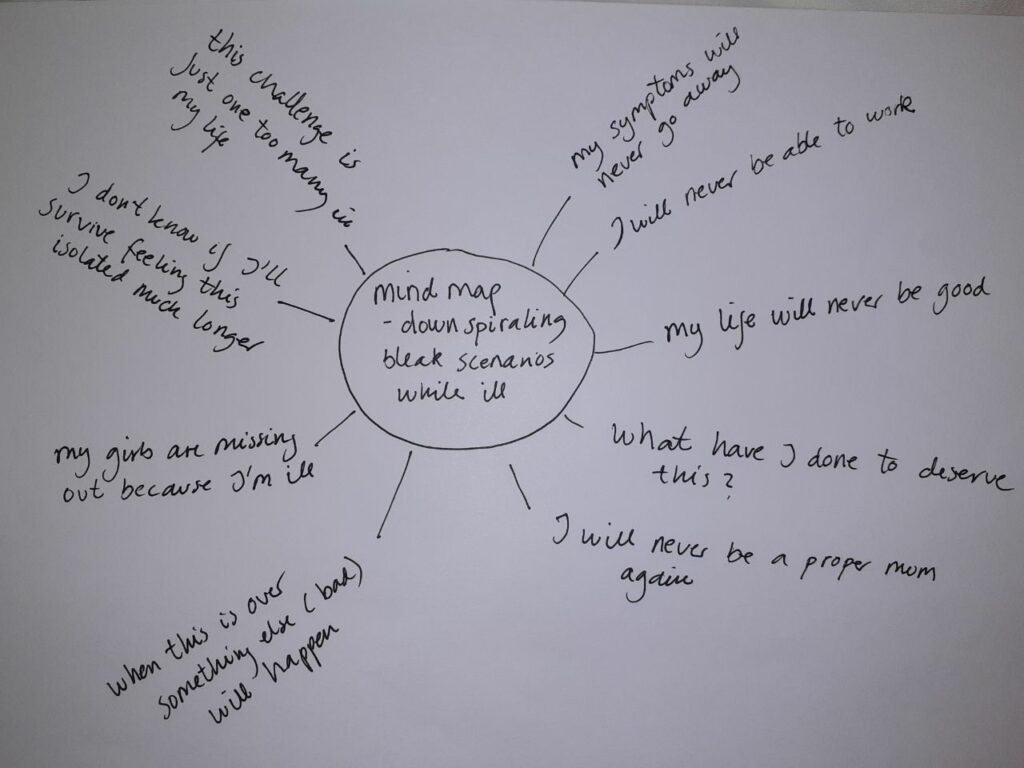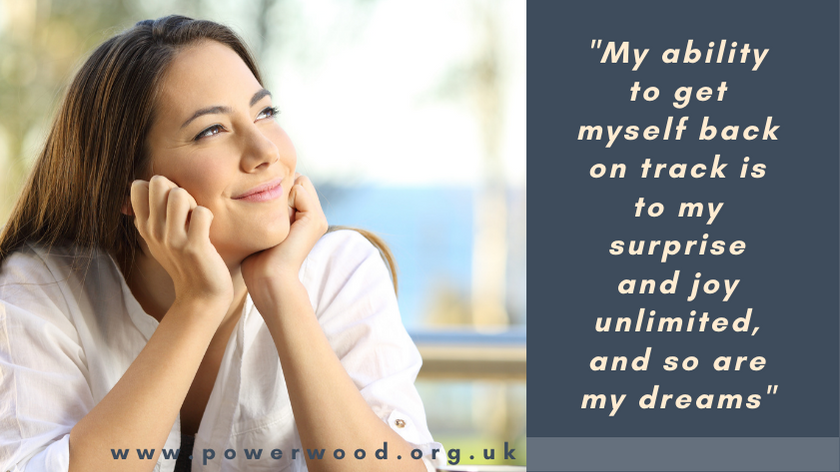
March 2020 I caught Covid-19 which turned into long-covid. “The NICE guidelines defines post-Covid syndrome as signs and symptoms that develop during or following an infection consistent with Covid-19 which continue for more than 12 weeks and are not explained by an alternative diagnosis”. Source: Coronavirus » Post-COVID Syndrome (Long COVID) (england.nhs.uk)
Last stretch from illness to rehabilitation
As I’m writing this, I no longer consider myself ill – at last – but I still have some rehabilitation to do after muscle deconditioning* and dysfunctional breathing**.
*Deconditioning refers to the changes [decrease of muscle mass and weakness] in the body that occur during a period of inactivity. The changes happen in the heart, lungs, and muscles. They make you feel tired and weak (fatigued) and decrease your ability to be active”. Deconditioning.rtf (elsevier.com)
**“Dysfunctional breathing is a term that relates to a change in your breathing pattern, from an efficient to a less efficient pattern.” Dysfunctional breathing pattern (wsh.nhs.uk)
The shift from feeling ill to not has only happened over the last couple of months.
I am now in what I expect to be the last stretch, and with hindsight comes insight. It’s clear that what started as a physical condition has become a healing journey that also has taken every emotional energy I have been able to muster.
What started as a mild case of illness became a prolonged challenge over more than twenty months (and counting). In the beginning I was mostly marked by a chest infection with breathing difficulty, chest pain and heaviness on my chest. As the months went on, I experienced constant sore throat, earache coming and going, muscle pain throughout the body, lymph pain, increased heart rate, adrenaline surges, on-off tinnitus, a constant big cough and phlegm and still the breathing difficulties. For about a year I was unable to carry more than the weight of one litre of milk, as the use of my arms would be too much exertion and I would crash and be bedridden for days. I had to pace rigorously. Even a two minutes walk was too much for the first 14 or so months. You can read more about this journey in What is my worth, if I can’t ‘do’ anything?
Physical symptoms causing anxiety
While working through the illness, I knew that I would have to build my own life after separating from my spouse. The pain of my separation was unavoidable, and without the usual distractions of life, pain from old trauma also popped up. The stress of knowing that I will need to figure out how to re-organise my life financially as well as practically, with the uncertainty of how my illness will affect me, was and still is taxing. The stress would trigger my symptoms and make them worse. The stress would trigger many relapses and the same was the case with doing too much physical activity too soon. For instance, a walk around my house, which takes about three minutes, would mean several days in bed; or if feeling better on some days I would eagerly tidy a couple of shelves in the kitchen or carry the cat downstairs, with consequences such as fatigue and increased coughing as a result. I started fearing the crashes, and I began to hold myself back at times where I might have been able to do something, I just didn’t really know what my body could or couldn’t cope with, and the uncertainty was very unsettling, as I just felt I couldn’t get it right.
Throughout my illness I have used the awareness mantra and the list of low key wellness tools that I have developed for myself. I couldn’t do much physical activity, but I found I could use my oils, and music to calm my mind. I could watch some TV and listen to recordings. I would also sit outside and watch the flowers and the sky, meditate, breathe, enjoy cups of tea, and look at beautiful things. Small activities that were essential because they created a routine that helped me through my day, and stimulated my need for input without overstretching myself. The awareness mantra would help me shift my thinking from down spiralling bleak scenarios (see my mindmap around my bleak scenarios below) into being present in the here and now.

Missing key
However, the long period of no improvement in my physical health made me anxious. On the flipside my anxious feelings were also part of creating recurring symptoms, though I wasn’t totally aware of this, at this stage. I kept looking for the key that could unlock this grid lock of fatigue and flu symptoms and help me move forward to the next step of healing. I eventually found an online long-covid recovery group program by Suzy Bolt.
Focus in this group was on building the body up again by introducing muscle exercises at a level that was slow and kind, finally something suitable to my physical state, combined with breathing and yoga exercises. An element of mindset nurture was included as well, which would encourage the participants to think differently about our bodies and see the active role of our minds when it comes to the healing of our bodies. This part of the course was NLP based and consisted of group coaching aimed to support us getting in the driver’s seat of the healing journey.
Mental road map for the future
One specific NLP exercise in the course helped me, combined with the PowerWood awareness mantra, to map out a mental road map for my future. The exercise was a group exercise and simpler than the NLP Swish exercise linked to here NLP Swish Pattern Technique (nlpessentialguide.com), but it gives an idea of the process.
In order to change habits and get new results we need to repeat new practices over and over, for instance calming an overexcitable mind or changing how we eat etc. The awareness process can help us with this, as it helps with creating new neurological pathways that cement the new habit. Somehow, though, the introduction of the NLP Swish exercise fired something in my brain, and built on top of the shifts already created by the awareness mantra. Something new became available, or rather, it was like I was reminded of something old, possibly ingrained in my brain in my younger years. A sense of freedom and possibility that I knew from being a child, opened up. My world once again became mine, and also the experience of my life was my own again, and I wasn’t feeling defined by others or my illness anymore.

Independence
Certain physical exercises helped me build my muscles at a pace that didn’t make me crash. Breathing exercises helped me reengage parts of my lungs that I hadn’t used for a while, which was fantastic. My physical health has continued to improve since, and now I can take on most tasks in daily life. Walks longer than 10 minutes are still too challenging and I focus on keeping up my physical and breathing exercises to prevent losing the momentum gained.
The Swish exercise combined so well with the awareness mantra that has become part of my daily life, and really positively impacted my outlook on life. The task in the exercise was to consciously move from negative to positive thought patterns. I was asked to notice throughout the day when I was in a negative thinking pattern and then actively replace this pattern with a new word or sentence. The word that I chose to use for the exercise was “independent”. It had and still has so many meanings to me, like being able to cook my own food again, take care of my own house, walk without my stick seat, mentally letting go of the fear of being ill, and also in broader terms meaning creating my own life as independent of anyone, being present in the moment with a new outlook to the future. The sense of freedom from this exercise became a turning point for me in how I view my current and future possibilities, even with the physical limitations I still experience.
The Journey is in my hands
As I was doing the Swish exercise. I got a vision of a huge rainbow that symbolises the movement from “abandoned” (feeling isolated with my illness, being separated etc.) to “independent”. The bow of the rainbow contains all the challenges and opportunities in life that I need to move through and overcome, and as I work through them, they will strengthen my feeling of independence, whether it’s about the striving for inner sovereignty, expanding how much I can do physically and the move towards organising my life practically in all ways without being dependent on others.
Hope
The rainbow vision to me is a symbol of hope, and it gives me the option to envision various outcomes for my life, moving away from the bleak limiting scenario I was stuck in for a while. I have regained my ability to dream. I put in a lot of effort to keep dreaming, and when I glitch back in the old bleak scenarios (which is a daily occurence), as soon as I’m aware I’m able to pick up where I left off. I’m dreaming again and feel deeply how my thoughts about the future shape my experience of the now. My ability to get myself back on track is to my surprise and joy unlimited, and so are my dreams.
© 2022 Tine Landy
Help us to continue support to all neurodiverse families and individuals
PowerWood offers to neurodiverse families understanding, simple tools and strategies that enable us to support ourselves and our children through emotional overwhelm. If you enjoy reading the articles please support PowerWood making all information available to all by becoming a PowerWood Community FreeBee or Friend member. Thank YOU!


Thank you Tine, for such a wonderfully inspiring post. As someone who is also experiencing challenges with their health I can identify with the downward spiral of negative thoughts! Thank you for sharing what has helped you as it’s a good encouragement to me. I find the power of our minds to change how we experience things so fascinating and empowering!